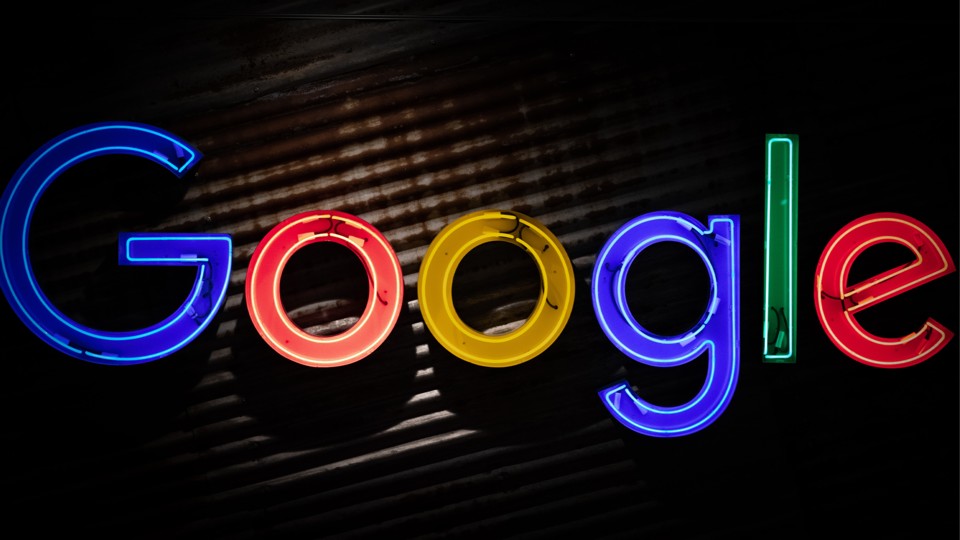Google Bard is now even more powerful.
Google announced a lot at yesterday’s I/O event. Among other things, it was about the Google Fold, the first foldable phone from Google, or a drastically changed Google search, which now works with AI.
As far as the in-house chat AI Google Bard is concerned, there are also various innovations to announce. The ChatGPT competitor is now said to be able to speak Korean and Japanese, for example. But which changes are most relevant?
No more waiting list for Google Bard
Previously, you had to join a waiting list to use Google Bard. Now 180 countries and territories can access Bard without having to wait. Unfortunately, the European Union is not yet one of them. However, you can gain access with a VPN.
Since its release in the US and UK two months ago, the AI has faced a lot of criticism and comparisons to ChatGPT that have been unflattering (via The Verge).
Bard often performed worse in various test categories than ChatGPT or Bing, Microsoft’s chat AI. That should change now.
Various innovations for Google Bard
Google has given its AI chat bot some new features to make the experience better. The most important changes:
1. New language model and better usability
The tech giant has given Google Bard a new pedestal and replaced the old language model on which the bot is based with a new one. So PaLM becomes PaLM 2.
According to Google, this should significantly improve the general answers and usability. In addition, Bard outputs are now much easier to export to other services, such as Google Docs.
Improved usability also includes the new dark mode, which darkens the entire user interface. This is easy on the eyes at night.
2. Google Bard can convert images to text
It seems Google doesn’t want to stick to just language when it comes to Bard. It is now possible to have images analyzed. To do this, upload an image and give Bard a prompt such as “Write a funny caption for this photo.”
Objects in the image are then recognized by Google Lens and Bard himself describes the image.
In addition, images should also be displayed in search results in order to offer a better visual presentation.
3. Bard will create images – with Adobe Firefly
Soon Bard should also be able to create pictures himself. To do this, Google has teamed up with Adobe and integrated the text-to-image AI Firefly, which is currently only available to beta testers.
That’s just supposed to be the first tool Google wants to include in Bard. According to his own statement, Bard will soon offer various apps “from Google and other amazing services on the web”.
What do you think of Google’s AI innovations? Are you going to try them again now? Did you perhaps already have access and were you able to test it? Feel free to tell us whether you have already noticed a difference in the general results or not. As always, put it in the comments! We are looking forward to it.




 We all know that a green light means moving on. Only Japan claims that green is actually blue
We all know that a green light means moving on. Only Japan claims that green is actually blue Why this open-world hit should not be missing from any collection – especially at the current price!
Why this open-world hit should not be missing from any collection – especially at the current price! Your journey back in time to 1992 is finally available for pre-order!
Your journey back in time to 1992 is finally available for pre-order! These VR glasses are as good as the Meta Quest 3 but are much cheaper, especially on Black Friday, and without Meta constraints
These VR glasses are as good as the Meta Quest 3 but are much cheaper, especially on Black Friday, and without Meta constraints This Lego technology competitor is an absolute dream
This Lego technology competitor is an absolute dream